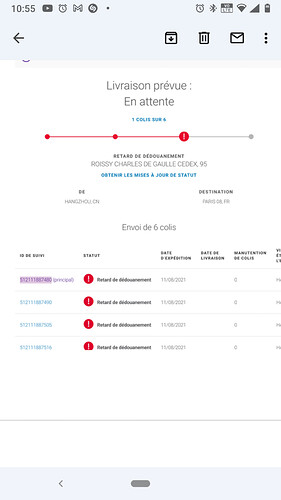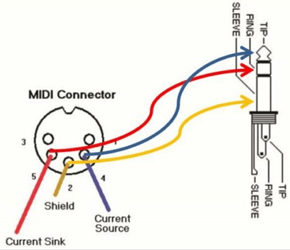interesting questions…
k, so first off… there isn’t MIDI 2.0 support yet…
the idea I believe is that @embodme can simply add this into the firmware.
which is kind of ok, as theres very little midi 2.0 support with any hardware at the moment… so testing midi 2.0 would be pretty difficult for them 
as for TRS…
hmm, so TRS would usually be uni-directional (and iirc, we got a TRS → midi din in the box) , so is output only .
however, it does mention its a TRS mini jack 2.0…
I’m wondering if its really a TRRS jack, and perhaps that could be bi-directional…but thats pure speculation, as i can’t remember seeing any other device do this. (most have 2 TRS jacks for IO)
note: midi 2.0 allows for midi 1.0, so doesn’t have to be bi-directional, but you obviously won’t get things like MIDI-CI if its not.
anyway for now, TRS can be used as midi output to midi 1.0 devices, like your digitone.
the USB connection IS bi-directional,
I suspect by the time we get to widespread midi 2.0 adoption, usb will be the dominant connection type (at least initially… bound to also see BT, Network etc)
Midi 2.0 is also about high res data, which means higher bandwidth requirements that midi din/trs will comfortably handle.
whilst I have used the Erae TRS for direct connection to synths, I generally tend to use it over USB connected to a midi router (*)… primarily because I can then easily control multiple synths with it.
(my other use is connected to a midi->cv->midi converter for eurorack, and that also has USB … so easy, less cables, etc )
manufactured, I think main boards are fabricated in China … which is very common (costs etc) , then they assemble them in France.
at least, I think from at the time of crowdfunding that was the case… as I kind of remember status update abbots shipping etc.
but I may be wrong… and it may have changed.
(*) these days there are quite a few midi routers with usb hosting ,and some are pretty reasonably priced… so non-issue I think.



